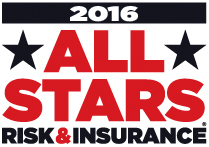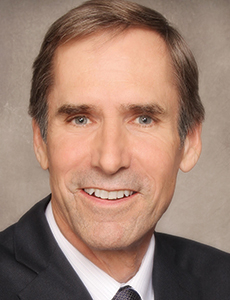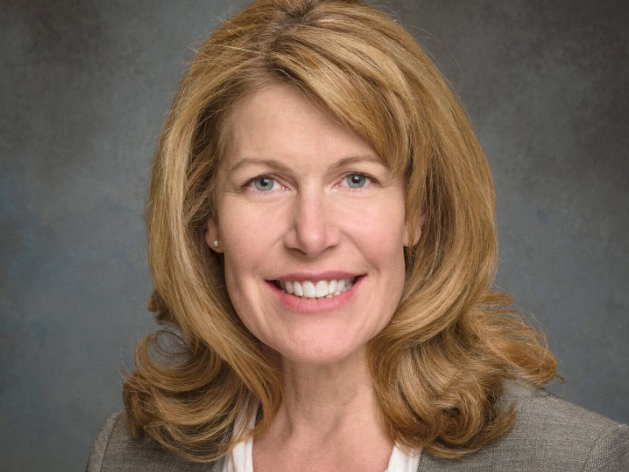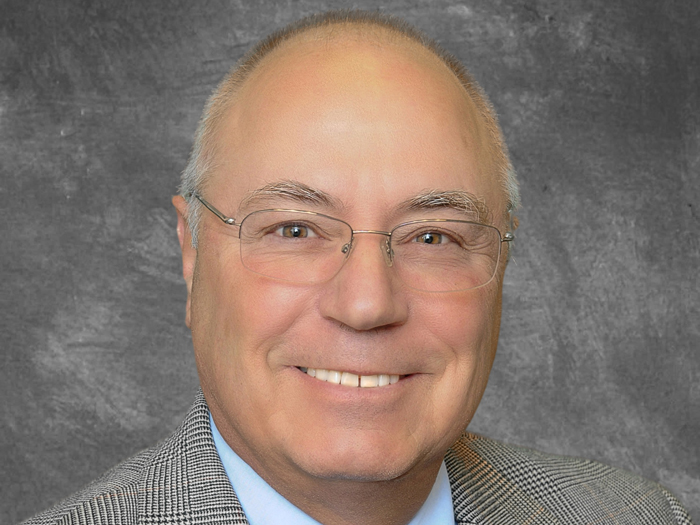2016 Risk all Star: David Jewell
Balancing Act
Just months into David Jewell’s tenure as vice president-risk management for Dollar Tree, senior management handed him a mammoth task: Cost-effectively manage the risks of a bulked-up organization that would generate more than twice the revenues through more than two-and-a-half times as many stores and with two-thirds more employees.
This titan, North America’s largest discount retailer, would emerge from Dollar Tree’s $9.2 billion acquisition of rival Family Dollar, a deal announced in July 2014 and scheduled to close by that year’s end.
But the merger would be delayed repeatedly as the government scrutinized the market implications and Family Dollar weighed a competing offer.
The delays created a moving target for Jewell as he toiled to synch up the retailers’ competing risk management philosophies to achieve the synergistic savings senior management expected.
Dollar Tree was far more risk averse than Family Dollar, transferring risk to insurers where possible to take advantage of low rates. Conversely, Family Dollar was comfortable assuming high deductibles and self-insuring its workers’ compensation exposure in 18 states.
Based on a mountain of metrics, Jewell recommended a middle-ground approach. “It was a challenge finding the right sweet spot,” he said.
To combine both retailers’ risks into a single insurance program, required partial-year policy extensions in some cases and cancellations in others, since the policy renewal dates did not align.
Jewell accomplished that without guaranteeing insurers how big a role, if any, they would have in the redesigned risk management program.
Despite the merger-closing delays, there was insufficient time to determine whether the insured or self-insured workers’ comp approach would be more cost-effective. Jewell and his broker persuaded an insurer to both cover the insured risks and underwrite the excess coverage for the self-insured risks.
When the deal closed in early July 2015, the cost savings were nine times greater than senior management’s target.
That was “an extreme challenge,” Jewell said, because the organization would have insured and self-insured workers’ comp risk in many states.
Another challenge was lining up sufficient cyber risk coverage at a time when high-profile breaches at large retailers were making headlines.
When the deal closed in early July 2015, the cost savings were nine times greater than senior management’s target, according to Jewell.
“We blew it away.”
Referring to the obstacles the risk management team encountered, Lynn Jekkals, resident managing director for Aon in Grand Rapids, Mich., observed: “Dave had to keep them engaged and keep their eye on the prize.”
Stephen Hackenburg, Aon’s New York-based chief broking officer, national casualty, attributed Jewell’s success to his decisiveness as well as his unique ability to both push for synergies and treat people fairly. &
_____________________________________________
 Risk All Stars stand out from their peers by overcoming challenges through exceptional problem solving, creativity, perseverance and passion.
Risk All Stars stand out from their peers by overcoming challenges through exceptional problem solving, creativity, perseverance and passion.
See the complete list of 2016 Risk All Stars.











